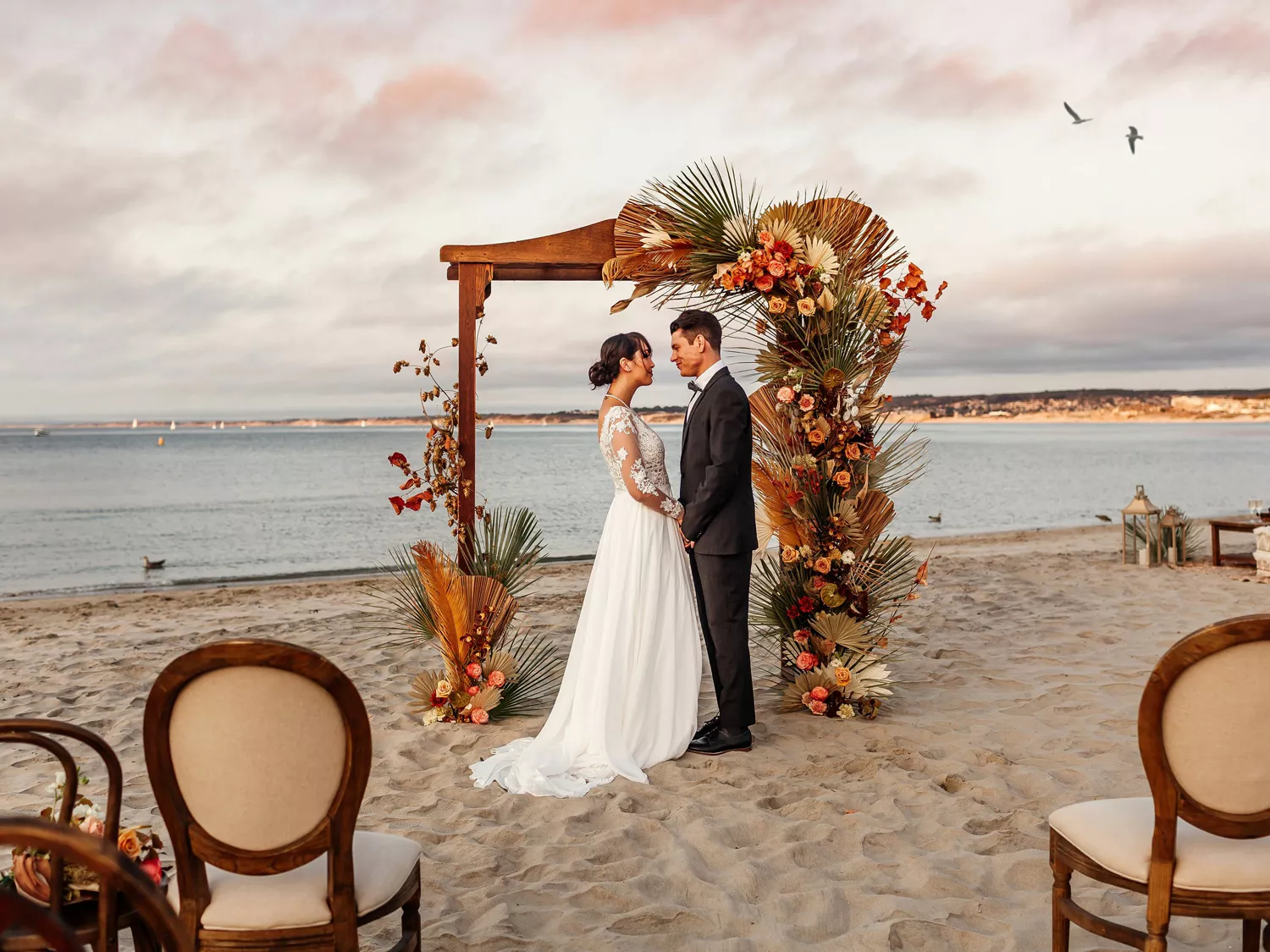India is a country where people attach a lot of importance to the weddings. The customs and traditions in India, especially in Hindus, are followed at a huge level. Marriages are filled with ritual and celebrations continue for several days. As the customs are huge and hefty, so the variations are. The trades and customs in marriages differ according to the locations, languages, religion, castes, ethnicity, etc. Every region and religion have their own values, customs and traditions. Though there are a few rituals which are common, like, Kanyadan (Kanya means Girl and Daan means to give), Panigrahan (to hold on to each other) and Saptapadi (taking seven holy promises). South Indian Weddings are typically generous and more traditional.

The Pre-Wedding Customs
Pre-wedding ceremony which is also called as Engagement is held two to three months before the wedding. Where the bride and groom exchange rings, along with the family members and the in-laws of couple present them gifts. Both the families decide the Muhuratam (an auspicious date & time) for the wedding based on the horoscopes. The ceremony leads to an end by presenting Bride with the Clothes, Gold, and Silverware by the mother of the groom. When the Muhurat is decided, the part for Wedding Invitations comes. Wedding Invitations plays a major role in weddings in India. The South Indian Cards, do not only includes the couple’s names, day, venue and events but also includes the names of all family members in special requests, receivers, and child requests.
The Wedding Day Customs
The wedding starts two to three days before the main wedding day. All the celebrations begins with Lord Ganesha’s Sthapana (the God of Initiation is invoked), then Nandi Devta Pooja (several presiding deities) which is worshipping of several presiding deities and is followed by presenting Dhoti & Saree to the to-be married duos. The ceremony starts by Vratham which is tying of Kappu (the holly thread) on both the bride & groom.
At the wedding hall, a sacred fire is set up and the Pandit (Priest) chants the hymns in the name of God and the couple’s ancestors. The Bride and Groom are lifted on the shoulders of their respective uncles and they exchange flower garlands thrice which signifies a perfect union and acceptance of each other. The bride is made to sit on her father’s lap and handed over to the groom. The groom ties Mangalsutra (sacred necklace) around the bride’s neck. Then a holy bath is given to the bride by pouring water through the yoke and finishing it by draping new Koorai Saree by the groom’s sister.
Three knots are tied between the bride and groom, one by the groom and other two by groom’s sister to make the bride a part of their family. And here comes the most important part of the wedding – The Seven Steps. The groom, holding the brides hand, walks seven steps around the holy fire. It is believed that the seven steps around the holy fire, completes the marriage. The elders and invitees showers Akshadai (rice-grains coated with turmeric) on the couple as acceptance of their marriage. Taking the Laaja Homam (offering of perched rice grains) with her, the bride leaves her home, and enters her in-laws home.

After Wedding Customs
The evening of the wedding day is a time of fun and relaxes. Every member of family and guests sit together and there goes a list of playful items. During this hour the ladies sing songs and pokes fun at the bride and groom. These things are done for interaction of the bride with the relatives and family of groom. The next day the family members of bride visit the groom’s place with the gifts and all other things that were given to the bride by friends, family and relatives. A solution of lime and turmeric powder, is prepared on a plate, and circled around, and thrown away to keep the evil eye at bay.

These customs are majorly followed by the South Indians, but these customs differ according to the castes and religious values. The customs and rituals followed before and after the south Indian wedding is what makes it a complete Traditional South Indian Wedding.









Leave a Reply